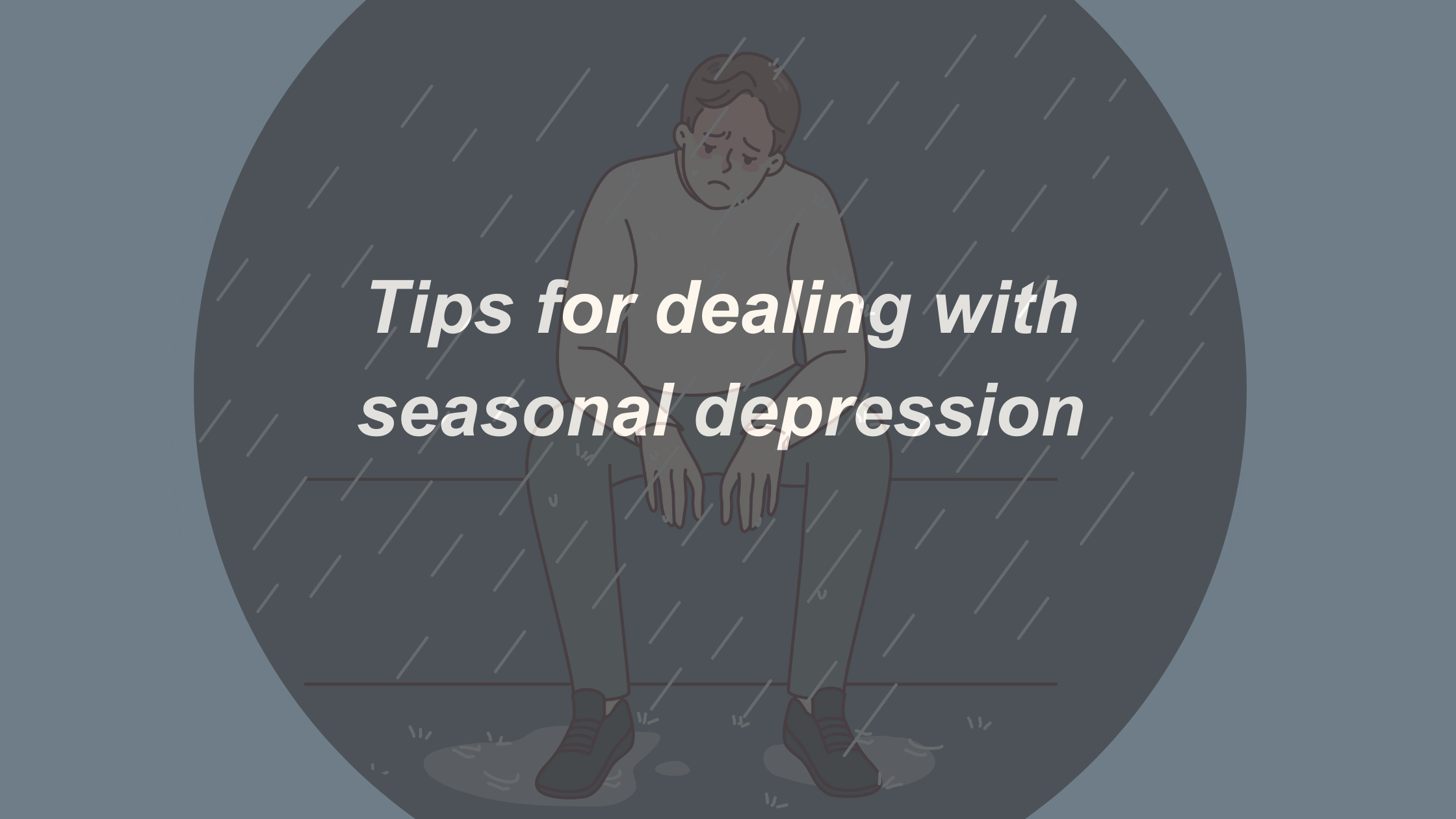According to John Hopkins, seasonal affective disorder (SAD), more commonly known as seasonal depression, is a mood disorder that often occurs in the winter months. The cause of seasonal affective disorder is suspected to be the decrease in sunlight which affects our brain chemicals, and it usually presents as depression-like symptoms.
While professional help is encouraged, there are things you can do at home to help make the winter months easier and improve the symptoms of SAD. While not all coping techniques work for everyone, and they are not a replacement for professional help, having a toolbox at the ready is beneficial for managing SAD.
Here are some things that help me stay on top of my SAD (And yes, the irony of the acronym is hilarious).
Tip one: Go outside
If you live somewhere in the northern hemisphere where it gets rather unpleasant during winter, the last thing you might want to do is go outside. As previously mentioned, the decrease in access to sunlight is commonly connected to SAD. Try going outside at least a little bit every week. Try skating on a frozen pond, walk along a trail with your dog, or go for a winter beach walk and look for cool rocks and shells. Try anything that gets you outside and into the sunlight for a little bit!
If you can’t go outside or don’t want to, be like a cat and sit in a sunbeam! Find a window in your house that gets sunlight and put a chair or pillow there so you can sit and soak up the sun while you read, do homework, or listen to music. Remember, humans are kind of like plants, and we need our sunshine!
Tip two: Be active
Keeping active is important year-round (if you’re physically able to do so), but it is vital when your body is struggling to get through the winter months. Exercise can help boost your energy levels, relieve stress, and keep your body healthy. You don’t have to do high intensity workouts, just anything that gets your body moving. If you’re going on walks outside, that’s great! If you prefer doing things indoors, also great!
If you’re a student, look into your school’s gym—they often have classes for things like yoga or Pilates that you can attend for free or at a discount. If you don’t want to do a group class, find a YouTube video for the exercise you want to do, or just put on some of your favourite tunes and dance it out in your living room. Any exercise is good; just remember to listen to your body and don’t overdo it.
Tip three: Try journalling
When I mention journalling or writing in a diary, what’s the first thing that comes to mind? Is it some clip from a show or movie of the main character writing something like: “Dear diary, today, Jimmy smiled at me in math class! Then this happened, and this happened, and this happened…?”
If that’s the kind of journal writing you like to do, great, but that’s not all that journaling has to be. You don’t have to write a detailed account of your day or talk about your feelings if you don’t want to. Remember, you don’t even need to write daily if you don’t feel up to it.
You can write whatever and whenever you want. You can write down a list of good things that happened to you that day, or of your worries. You can make a to-do list for the next day or a list of goals for the week. It doesn’t matter what you write, but sitting quietly and reflecting inwards can be very rewarding.
You can also use pretty coloured pens, markers, or put stickers on the pages to make it more fun! However you want to make journalling your own, do it!
Tip four: Create something
The act of creating something is so rewarding and tickles our brains in a way that no other activity does. You don’t even have to be creative to partake in creative activities because, believe it or not, you don’t have to be “good” at something to enjoy doing it.
Creative activities can be virtually anything: write a poem about your cat, sketch some cute animals, bake, and decorate cookies, build a Lego set or a new house in Minecraft, knit a new hat, write fanfiction for your favourite show, compose a song on your piano, anything! The great thing about creative endeavours is there are endless different kinds; you’re bound to find something you enjoy. Try stuff out and see what appeals to you if you don’t already have a creative outlet.
Again, you don’t have to be good, just revel in the act of creating!
Tip five: Be gentle with yourself
If all else fails, go easy on yourself. Take a deep breath, curl up in your favourite blanket, and rest. It’s okay not to be “productive”. It’s okay to need more breaks than others. It’s okay if you can’t do any active coping techniques at a specific time. Just try again the next day or adapt the activity to make it easier.
If you can’t bring yourself to exercise, have a hot bath with Epsom salts to relax your muscles. If you don’t have inspiration for a new painting, just colour in a colouring book. If you can only do the bare minimum, do that. Don’t beat yourself up for being unable to do something when you’re already struggling.
You’re human. You’re allowed to do things the easy way, and to take your time, so long as you keep moving forward.
Written by: Jennifer Osborne, Symmetry Writer & Editor





